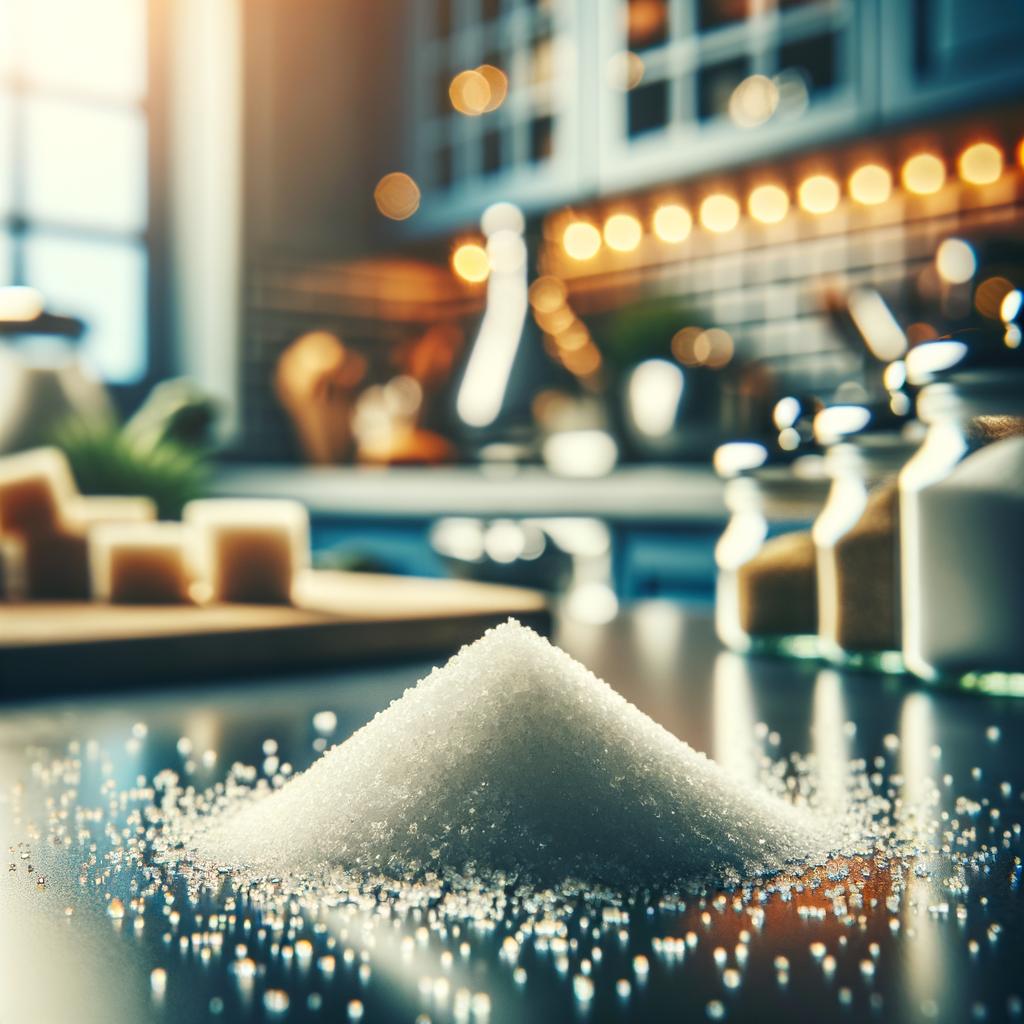Sugar for Dusting

Description
Sugar for dusting, often referred to as powdered, confectioners', or icing sugar, is a delightful ingredient that transforms the mundane into the magical. Gazing upon it, one is reminded of the first snowfall of winter, delicate and pristine, as it blankets the world in a serene quiet. Its texture is incredibly fine and soft, reminiscent of fairy dust, and it dissolves almost instantly upon contact with the tongue, leaving behind a sweet, dreamy flavor that is both familiar and comforting. What sets this sugar apart from its granulated counterparts is its ability to melt seamlessly into mixtures, creating a smooth, velvety texture that is unparalleled.
Primary Uses
Powdered sugar is a versatile ingredient with a multitude of uses in the culinary world. It is the luscious snowfall atop French beignets, the sweet whisper in Italian buttercream, and the delicate veil gracing Russian teacakes. It is also used to thicken and sweeten icings, frostings, and glazes, lending them a glossy, professional finish. Beyond the culinary realm, powdered sugar has been used in theatrical productions as a stand-in for snow, adding a touch of whimsy and magic to the stage.
History
The history of sugar is as rich and complex as its flavor. Originating in the Indian subcontinent, sugar has been produced for over two millennia, but it was not until the 16th century that it began to be refined into the powdered form we know today. The process was laborious and expensive, making powdered sugar a luxury reserved for the elite. Over time, as production methods improved and sugar became more accessible, its use spread across the globe. There are countless tales of sugar, spun into fantastical shapes, being used to impress guests at royal banquets and high society gatherings. Today, powdered sugar continues to enchant, adding a touch of elegance and sweetness to our everyday lives.
Nutritional Information
While powdered sugar is a source of instant energy due to its high carbohydrate content, it is also high in calories and devoid of any vitamins or minerals. It is best enjoyed in moderation as part of a balanced diet. Compared to granulated sugar, it has a similar nutritional profile, but its finer texture means it packs more densely into a measuring cup, potentially leading to increased calorie intake. Despite this, the joy and comfort it brings to our favorite treats make it a cherished part of our culinary adventures.

